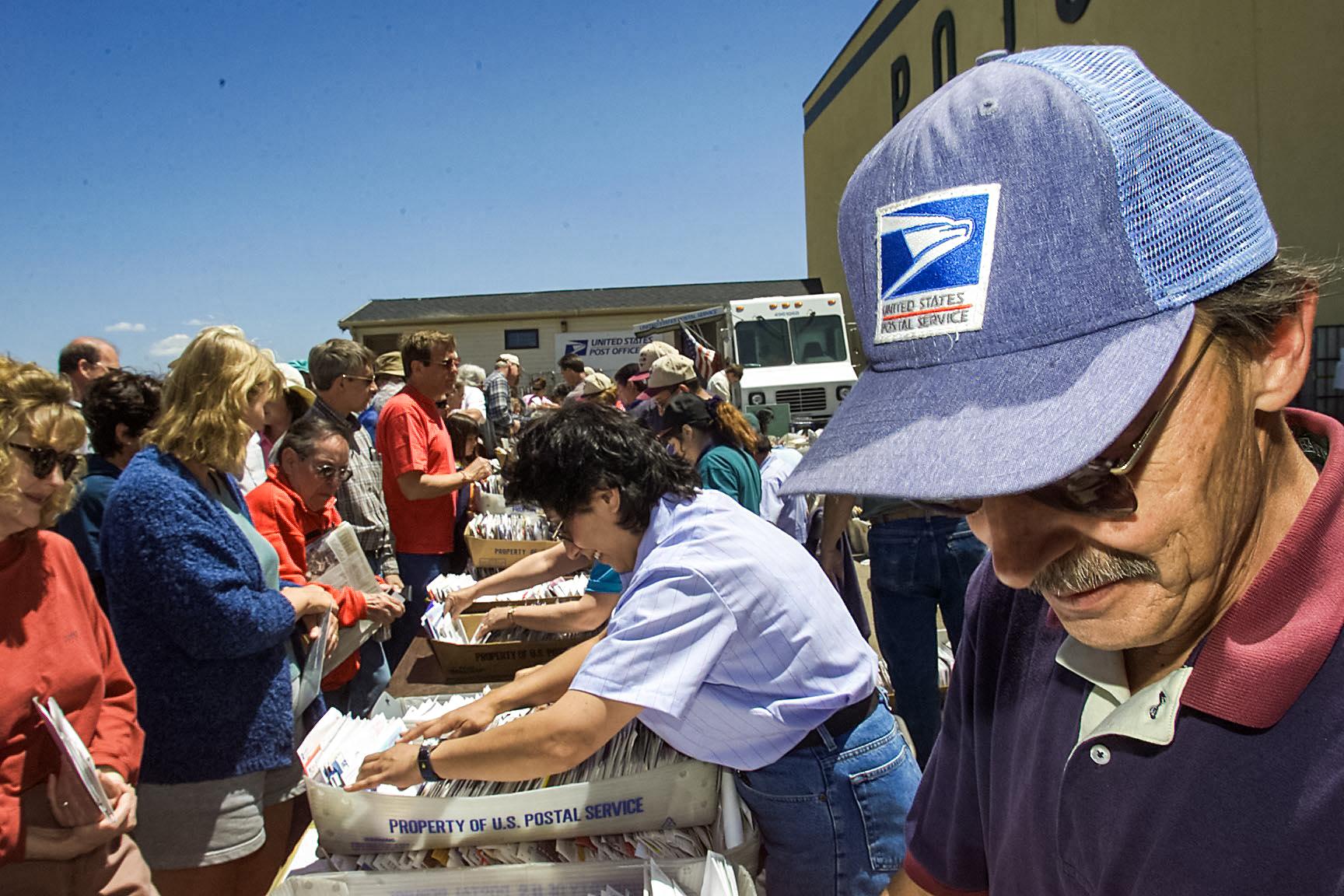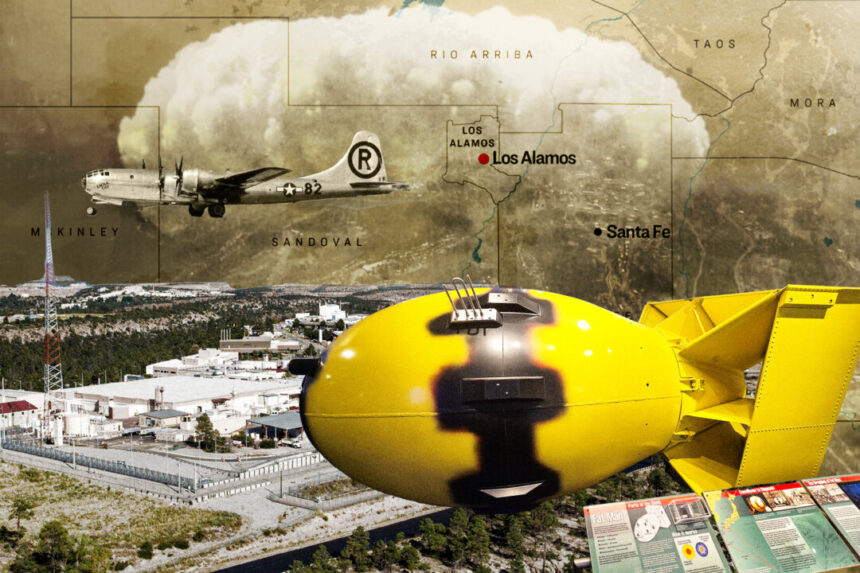LOS ALAMOS, N.M.—Weekends bring a brief respite and slower pace to the Los Alamos townsite in New Mexico, the birthplace of the atomic bomb nearly 80 years ago.
Silent mountains thick with Ponderosa pine surround the town where some of the nation’s best-kept military secrets reside.
The urban sidewalks are empty, except for the occasional tourist or dog walker, and many of the shops, restaurants, and office buildings are closed.
There’s no traffic on the road from Trinity Drive to Oppenheimer Drive.
But, it’s just a matter of time before Los Alamos townsite jumps back into action.
“You will see it on Monday,” said one resident, who lives in White Rock, 10 miles from the greenscaped Los Alamos urban center.
Sure enough, on Monday morning, Los Alamos townsite roars back to life as commuters arrive by the thousands. The population nearly doubles in this “census-designated place” of 13,460.
Cars line up at security checkpoints to enter the Los Alamos National Laboratory (LANL), the county’s biggest employer and the reason for the sudden increase in population.
Employees clear the first barriers, then move through more checkpoints to get to their jobs four days a week.
Many drove from residential areas across Los Alamos County (population 19,187) and as far away as Albuquerque, 96 miles south, and the state capital of Sante Fe, about 35 miles north.
There has always been a housing shortage in the county, local officials say, but the pressures are growing as LANL reaches peak employment at around 19,000. The lab hopes to begin offering round-the-clock shifts in 2025.
The study also found that in 2021, nearly 55 percent of the LANL workforce lived outside the county.
“Over 9,300 people commuted in for work, and only 21.8 percent, or 2,200 people, commuted out of the county while living here,” the study said.
‘One Horse Town’
“We’re a one horse town. Everything the lab does affects everybody,” said local realtor Chris Ortega, owner/broker of ReMax Los Alamos.
“The hiring has increased demand. There are fewer houses on the market than there were five or six years ago,” Ortega told The Epoch Times.
“People are coming and going all the time. Half of the lab lives here in Los Alamos. The other half lives off the hill somewhere—Santa Fe, Espanola, Albuquerque.”
In 2022, there were 8,149 households, 5,229 with families, in Los Alamos County. They were usually made up of two or three people per household and had an average income of $135,801.

“Based on employment rates and high wages, a family household making more than median income is likely to have a member of the family employed at Los Alamos National Laboratory,” according to the study.
A plurality of LANL employees agreed in a previous study that it would be beneficial to live in Los Alamos, provided they can find suitable housing near the lab.
Housing is hard to find and has been for a long time. Now, it’s worse because of LANL’s latest hiring surge that started around 2022 with the government’s plan to modernize the U.S. nuclear arsenal.
“It’s difficult [to find housing]. We hear it anecdotally from people we’re hiring—people from the lab,” said Linda Matteson, assistant county manager for Los Alamos County.
Only 14 percent of the land around Los Alamos is county-owned or privately owned, she said. The U.S. Forest Service, Park Service, and U.S. Department of Energy (DOE) own the rest.
“We’re very constrained,” Matteson told The Epoch Times. “Of that 14 percent, think about private houses, private land. Think of our geography with mesas and canyons. It’s limited. We, the county, own less than 10 parcels that we could develop. Some are open spaces that you wouldn’t want to develop.”







